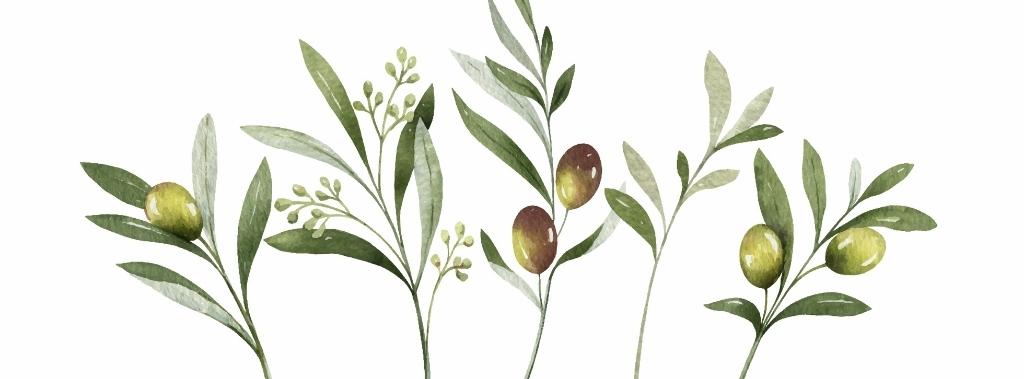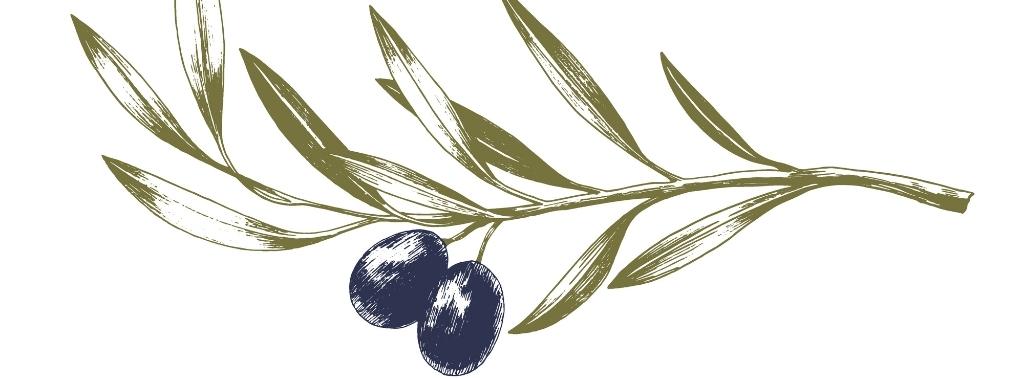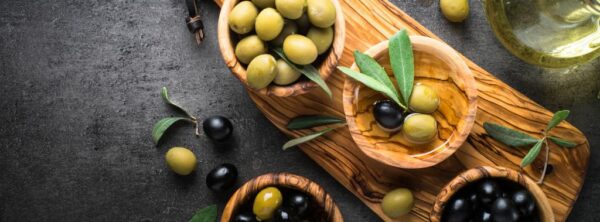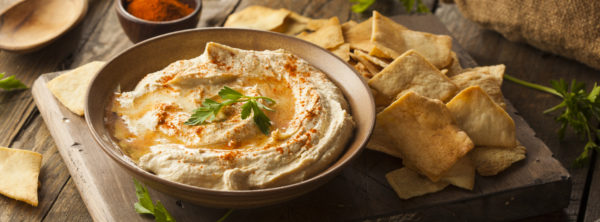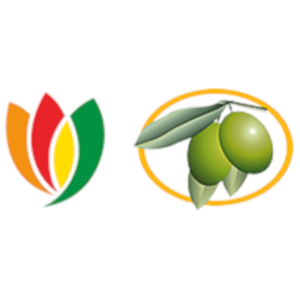Table of Contents
If you are considering sponsoring, donating, or purchasing through My Olive Tree, we know that you will want to be informed…
That is why we have created and are continuing to create resources to teach you more about olive trees, grape vines, artisans and farmers living in Israel, and many other ways you can bless Israel. We want you to be confident in your decision to partner with My Olive Tree, and to know that no matter if you are sponsoring a tree, donating to a cause, or purchasing Israeli Made products… your help matters!
Join us as we explore a variety of fun olive facts and highlight some information about the resources these trees provide.
30 Fun Olive Facts
At My Olive Tree one of the major ways we help people in Israel—through people like YOU—is in the planting of olive trees, and the purchasing of products made by Israeli artisans… be that olive oil or olive wood products. As a result, we have included a series of fun olive facts that will teach you about olive trees and their produce…
Did you know?
- The olive is a fruit, not a vegetable.
- Olive oil was used in Ancient Rome as a moisturizer and as a sort of sunscreen to protect against sun damage.
- Women in Ancient Greece were known to combine olive oil and charcoal to create eye shadow and eye liner.
- The olive tree has inspired artists, poets, and songwriters for thousands of years. Vincent Van Gogh’s painting, Olive Grove, and the poem, The Olive Tree, by Karl Shapiro, are perfect examples of the draw of artists to olive trees.
- Olives come in a number of sizes ranging from sub-petit to super colossal.
- Though olives are technically edible straight from the tree, you really do not want to. Fresh picked olives are very bitter and must go through a fermentation process in order to be truly edible.
- Though olive trees are not native to the area we know today as California, it is believed that around the mid-18th century, olive trees were brought to the California shores.
- The time of olive harvesting can vary depending on olive tree variety, climate, intended use of the olives, etc.; however, olives are usually harvested between mid-autumn and early-winter.
- Despite not appreciating subfreezing temperatures, many instances are recorded where the uppermost portions of the tree froze, but the roots did not die, allowing the tree to regrow. Impressively, olive trees can often regenerate this same way when faced with disease or fire.
- Olive trees have incredible lifespans, lasting anywhere from hundreds of years to even 2,000 or 3,000 years.
- The oldest known olive tree located in Crete, Greece, is dated between 2,000 and 3,000+ years, and is so famous that it has around 20,000 visitors per year! That said, there is an olive tree in Bethlehem, Israel that other sources claim is even older.
- Greece has more olive trees than people.
- When oil is mentioned in the Word of God, typically it is speaking of olive oil or a product that includes olive oil; even anointing oils, oil for light and other uses, began with olive oil to arrive at their finished product.
- Olive trees bloom late in the spring, creating small flowers that are whitish in color.
- The Chemlali variety of olive trees can produce nearly 2,000 pounds of fruit per year once mature.
- While the variety of olive tree and the growing conditions determine its mature size, many olive trees are known to reach 25-30 feet in height, with a select few trees growing many feet beyond that.
- Olive trees—unlike some fruiting trees—are self-pollinating. In other words, you only have to have a single olive tree to produce fruit.
- Olive trees—though having requirements for optimal growth—are known to withstand periods of drought.
- Despite being largely wind pollenated, the flowers produced by olive trees do provide bees with a wonderful source of nectar.
- The wood of olive trees is not only known for its durability, but also for its beauty due to the rich color and exquisite grain patterns.
- There are eight cities in the United States of America named Olive Branch.
- The olive branch has, and continues to stand, as a symbol of peace throughout many cultures.
- Spain, Greece, Morocco, and Italy are among the countries that consume the most olives.
- Spain, Italy, the United States of America, Greece, and Syria are among the countries that consume the most olive oil.
- Olive leaves can be used to make tea that is calming and contains more antioxidants and vitamin C than green tea.
- Olives are generally considered to be one of the healthiest foods available due to their high nutritional content and low-fat qualities; this is why olive oil is viewed as one of the best oils to cook with and consume.
- Though the olive tree variety determines the age when it first fruits, most olive trees do not bear any fruit before they are three years old, with many varieties bearing fruit much later.
- Olive oil is rich in antioxidants and is believed to have cancer-fighting properties.
- Olive oil itself is naturally cholesterol, sodium, and carbohydrate-free.
- All olives start out green and change color throughout maturation; for an olive to become black it needs a long maturing period.
These are just a few of the MANY fun facts about olive trees… but while impressive, what is truly impacting is what they do to help and restore. Through the olive groves planted throughout Israel, through their harvest, and through the products made from them… people are being helped. Struggling families are able to support themselves. The land of Israel is able to flourish. The love and Light of our God is being poured out!
And it is through the support of people like YOU—of the sponsorships, donations, and purchases of “Made in Israel” products—that all of this is happening! YOU and your support make a difference in the lives of many! On behalf of those you are blessing, we say, “Toda Raba! Thank You Very Much!”
If YOU would like to sponsor an olive tree or grape vine, visit HERE!
If YOU would like to donate to a cause, visit HERE!
If YOU would like to purchase Israeli-Made and supporting products, visit HERE!
